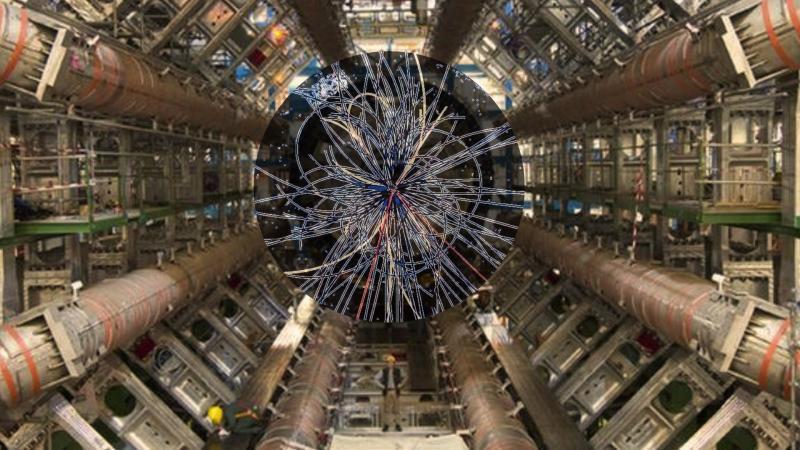
CERN Scientists Shedding Light on Antimatter & Universe’s Origins
The mysteries of the universe have long fascinated humanity, and scientists at CERN’s Large Hadron Collider (LHC) are one step closer to unraveling the secrets of antimatter. The ALICE collaboration, a team of researchers at CERN, has recently confirmed the first evidence of antihyperhelium-4, a rare and exotic particle. This breakthrough offers valuable insights into the fundamental forces of nature and the universe’s early moments.
Antimatter, a concept that sounds like science fiction, is a fundamental aspect of the universe. It is the opposite of regular matter, with the same mass but opposite charge. While matter is made up of positively charged protons and negatively charged electrons, antimatter consists of negatively charged antiprotons and positively charged positrons. The existence of antimatter is a crucial aspect of the Standard Model of particle physics, which describes the behavior of fundamental particles and forces.
The ALICE collaboration’s discovery of antihyperhelium-4 is a significant milestone in the study of antimatter. Hyperhelium-4, a type of nucleus composed of four protons and four neutrons, is a stable and abundant form of matter. However, its antiparticle, antihyperhelium-4, is much rarer and more difficult to produce. The ALICE collaboration achieved this feat by colliding lead ions at nearly the speed of light, creating a hot and dense environment that simulates the conditions of the early universe.
The production of antihyperhelium-4 is a significant challenge because it requires the creation of antiprotons, which are difficult to produce and maintain. The ALICE collaboration used the LHC’s Heavy Ion Collider (HIC) to produce the antiprotons, which were then used to create the antihyperhelium-4. This process involved colliding lead ions at an energy of 2.76 trillion electronvolts, equivalent to about 30 times the energy released by the Large Hadron Collider.
The ALICE collaboration’s findings are significant because they provide valuable insights into the fundamental forces of nature. The discovery of antihyperhelium-4 offers a new window into the universe’s early moments, when matter and antimatter were first created. Understanding the balance between matter and antimatter is crucial for understanding the universe’s origins and evolution.
The universe is thought to have begun in a state of perfect symmetry, with equal amounts of matter and antimatter. However, this symmetry was broken at some point, leading to the dominance of matter over antimatter. The reason for this asymmetry is still unknown, and the discovery of antihyperhelium-4 may hold clues to understanding this phenomenon.
The ALICE collaboration’s findings also have implications for the study of the universe’s early moments. The conditions required to produce antihyperhelium-4 are similar to those that existed during the universe’s first few minutes, when the universe was still in its infancy. Understanding the behavior of antimatter under these conditions can provide valuable insights into the universe’s early evolution.
The discovery of antihyperhelium-4 is a significant milestone in the study of antimatter and the universe’s origins. The ALICE collaboration’s findings offer new insights into the fundamental forces of nature and the universe’s early moments. As scientists continue to study antimatter and the universe’s origins, we may uncover new secrets about the universe and our place within it.
News Source:
https://researchmatters.in/news/exotic-antimatter-spotted-heavy-ion-collisions-lhc






